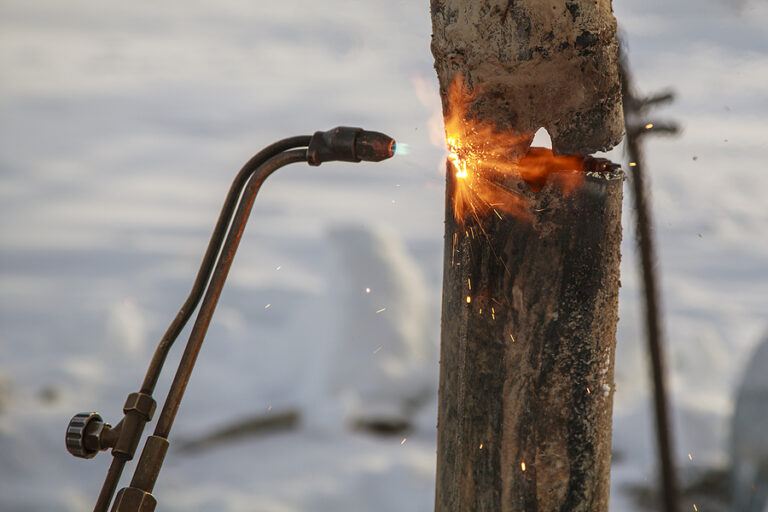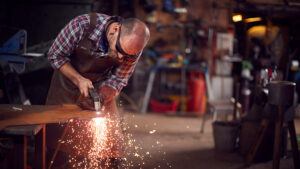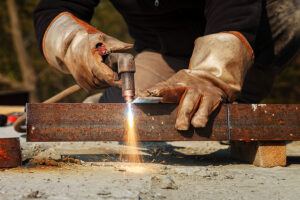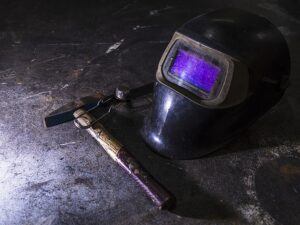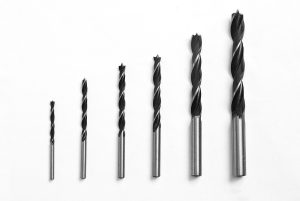If you’re looking to cut through aluminum you want to make sure you have the right tools but you probably don’t want to overdo it. And you definitely don’t want to use a tool that isn’t designed to be used for this type of project. That’s where you might wonder if you can use your plasma cutter to cut through aluminum.
The short answer is yes. You can and should use a plasma cutter to get through a piece of aluminum, as long as the cutter that you’re using is designed for the width of the piece that you’re going to be cutting through. They most definitely are designed to cut through aluminum and a number of other types of metal.
Should You Cut Aluminum with a Plasma Cutter?
You absolutely should. Aluminum is what’s considered an electrically conductive metal, which means you need to be careful how you cut it when you’re working on a project. Plasma cutting is a great way to get the job done and get it done properly, through the creation of an arc to melt the metal. This arc will provide a smooth and clean cut through the piece of aluminum.
It’s important to note that this is only the case with newer plasma cutters or at least those within the last 20 years. If you have a cutter that’s older than 20 years you may experience some problems trying to cut through aluminum, and that might even be the reason you’re wondering if it’s possible now.
Old-Fashioned Plasma Cutters
Older plasma cutters, like those that come from around the 1980s and 1990s, were able to cut through aluminum, but they generally weren’t used for this purpose because they could be entirely too hot. As a result, they could melt too much of the material and instead of a smooth and clean-cut, you might be left with a pretty big mess.
With modern plasma cutters, this is not a problem. You can get a much cleaner and higher quality cut and you can do it more efficiently as well. Not to mention the cutter itself is going to be less expensive than those older systems were (even accounting for the times).
The Cutting Process
Plasma cutting with aluminum offers a little less precision than you’ll get with a laser, but you will get other features, like lower cost, wider cutting range, cutting thickness up to 160 mm, and more. All of this provides you with more options, though a little bit more of a learning curve.
Lasers can be good for those who want to get the job done quickly and have the highest possible level of precision. But it’s not the best for those who want to balance out different features and benefits. All you’ll need to do is figure out which specific type of plasma gas you’re going to use, from air or N2 to H35, and more, to get the cut you’re looking for.
Walt moonlights as a handyman after getting off his busy job as a commodities trader. He enjoys writing about all things related to DIY, home improvement, etc.

